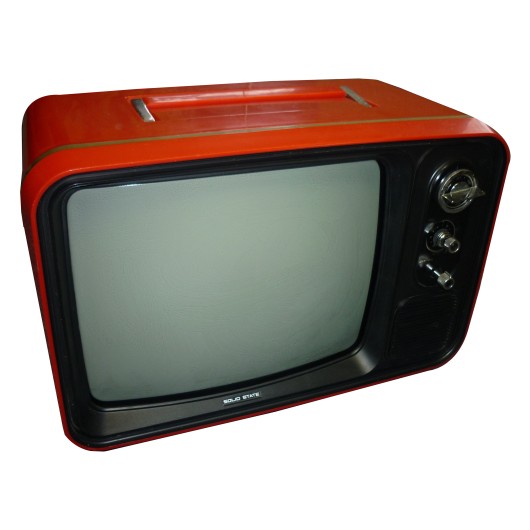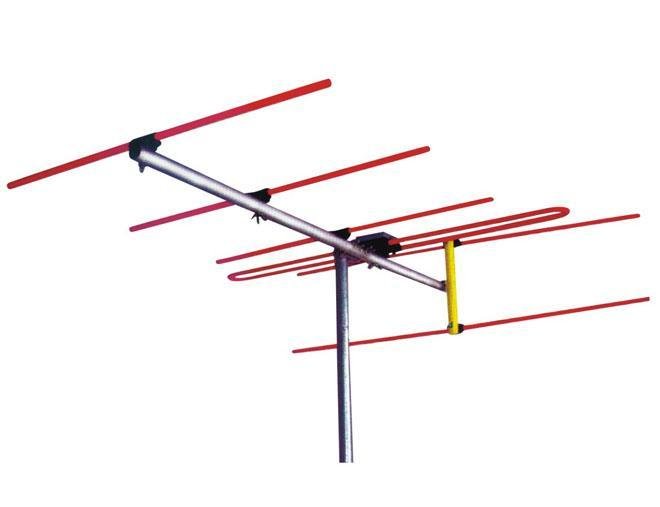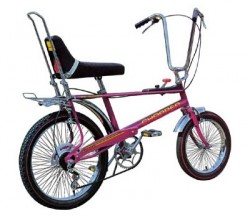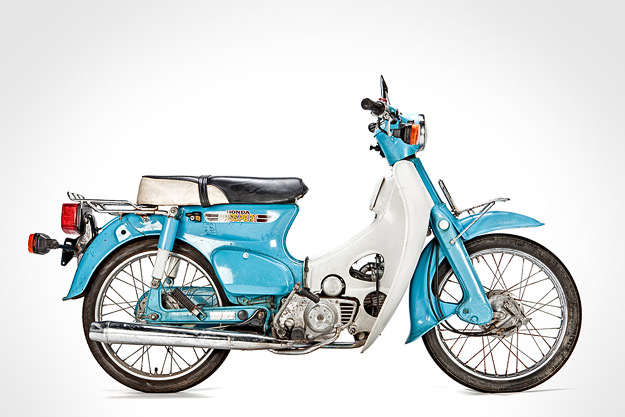After a long time, I had the rare opportunity to drive my father to our land in Ampang, where our future home will be built. He bought the land some 30 odd years ago and built a twin half-brick house, in which he has not spent a day! All this while, he let his brothers to use the house until recently. During the journey, we spoke many things about our land, the current structure and our previous squatter home in Kampung Semarak. We shared fond memories of rumah kampung and our life there, since my father settled there around 40 years ago. The very next day, I was moved to take a look at the place I grew up 3 decades ago, Kampung Loke Yew, then known as Kampung Semarak.
The place is technically 15 minutes away from KL city centre, and less than 10 minutes away from the iconic KLCC (in normal driving conditions). The kampung looks is like an extension to the Kampung Ayer Panas Baru, the settlement around the famous hot spring well in KL (which was idiotically sold to an apartment developer and became PRIVATE PROPERTY). I still vividly remember the unpaved road from the market junction into the kampung. It changes into a wet and sticky mud path during heavy downpour and the small river will overflow its banks, flooding the low areas around. There were no electricity or piped water in the homes. Let's see how we lived in those 'era' ...
There were no electricity until the late 80s / early 90s, so we have to use the kerosene powered gas light. You'll need to pump the lever to create pressure in the oil tank that fuels the wool bulb (called mentol).
Our night-lamp is also kerosene lamp
After sometime, my father bought a petrol powered small generator, which enabled us to watch TV :)
Our TV was a simple Hitachi branded box
Which uses a simple, native VHF/UHF antenna
For ironing cloths to work and school, we used chacoal powered iron box, which will be slid on banana leaf for non-stick effect. I've burned fair number of clothes using this device.
We didn't have piped in drinking water, so my father collects clean piped water from nearby public tap for drinking and cooking purposes. He will use these sort of plastic container to store water and bring them over on his motorcycle (that part is coming below).
Our home has a hand-dug deep well, which supplies water for cleaning purposes. We pump the water using the manual pump like this.
Pumped water is channeled into a clay container, which has layers of natural filter using pebbles, stones, beach sand and fine filtering sand.
Filtered water will then be store in large oil drums for usage. I miss the cool, refreshing baths using natural mineral rich water.
Moving into the kitchen, my mum whips up the meals using kerosene stove.
Another variation of the famous butterfly brand stove.
For baking cakes, cookies for festivals, my mum used this oven. The oven is placed on top of the kerosene stove for heat source. Controlling the temperature is almost like controlling a rocket launch, its that tough. The initial batches of cookies usually turns up burned and my father loved them. Now I feel, he made himself to like those burned cookies, so not to offend my hardworking mum :)
The availability of LPG tanks allowed us to get the ELBA cooker. Its a green colored all-in-one cooker and has a gas oven too. The cooker still works well at my father's home until today!!
Since there were no electricity in the early days, preparation for cookies and savories for Deepavalis will be done using primitive tools. Here you can see the Ural, used to pound rice and other stuff to make them into flour.
For grinding masala pastes that goes in out-of-this-world curries by mum, there Ammi.
We grind wet materials like rice and lentils using the Aattukal. My mum had a business of selling Vadais, I and my brother love our time with the tool.
Obviously, the absence of electricity means no fridge, so my father usually buys fresh ingredients for daily cooking. For storing ingredients for festivals and functions, we use the white polystyrene box, with blocks of ice bought from nearby shop.
When I went to primary school, I got this bicycle from father. I was the only one in the school, with Chopper that has gears!!!
My father zooms around in his Honda C70, it was grey in color. He goes to work, send us to school and send my mum to work with this trustworthy workhorse.
When my mum got her license to ride, she used to go to work in her Passola!! She worked in school as a general worker.
My father's 1st car in his 30s was the evergreen Beetle. I still remember my grandmother's exact words when I excitedly told her he bought his car : "your father cannot keep his money quietly hah??" (unggeh appavukku kaiyileh kaasu vetchikitu summa iruka mudiyatha?). But he was so proud of this achievement, he even once challenged the kids, "I want to see at what age you buy your 1st car". I got mine in mid 20s appa ;)
He then proceeded to buy a Toyota Corolla SE
Then he moved on to Toyota Corolla LE, which he kept for 25 years and sold recently. The car still runs on the road. When I saw the car at a parking lot recently, I manage touch the good old car, which I used to drive my girlfriend (now wife) Linda. Nostalgic
Although it can be said that we lived in 'kekurangan', we were happy. We grew up, got educated and proper jobs and better life now. We do complain about our life now, even with so many advancements, facilities and utilities. Sometimes, we tend to take small but essential things for granted.
So friends, that's how I used to live a simple life before the rapid development swept through the kampung and changed the way we live forever. Paved roads, piped water, electricity and many other amenities. The kampung does not exist anymore, it gave way to a highway and the remaining land was given to UTM. All the settlers moved to public housing projects nearby. I'm looking forward to complete the home in Ampang and move there ... to live on our own land.

























No comments:
Post a Comment